Traversing the City's Veins and Exploring the Red Footprints - Xinjiangwancheng Subdistrict Records a Neighborly CITY WALK May 28,2024
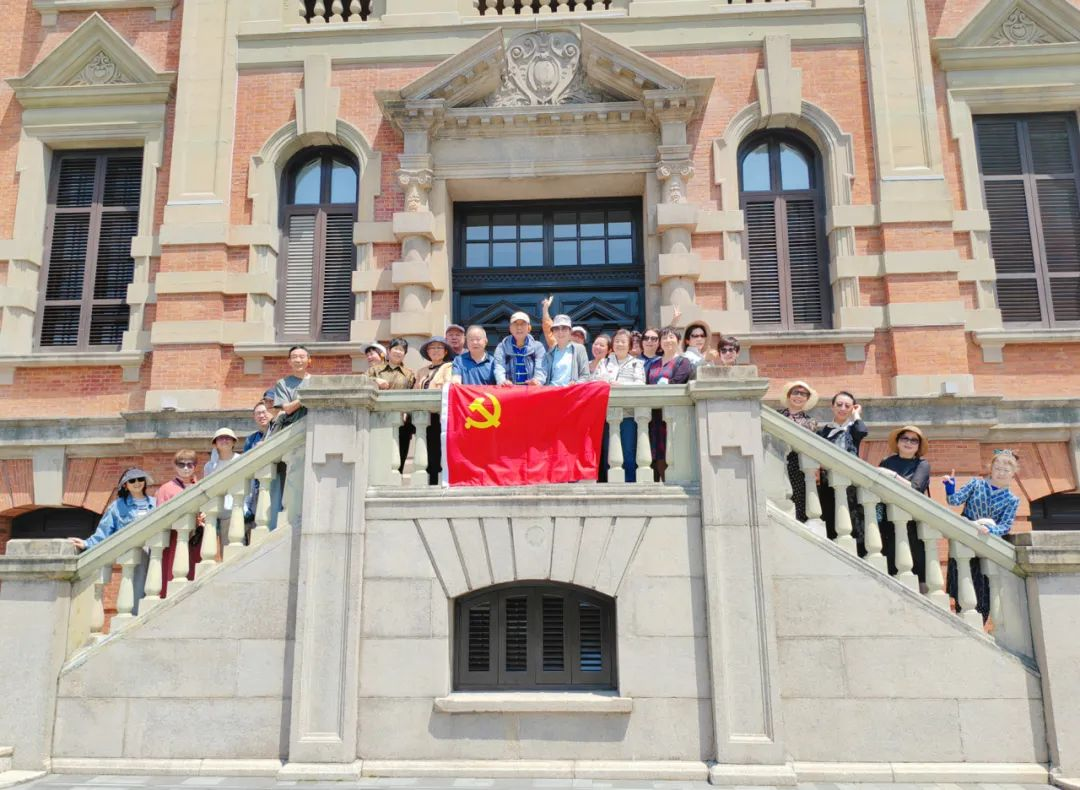
On a sunny day with flowers in full bloom, the Residents' Party Branch of Jiulongcangxiyuan Residence recently led party members and residents on a special journey to explore the history of changes along the Suzhou Creek. The route design and on-site explanations for this activity were all completed by community volunteers who love traveling, aiming to feel the passage of time and appreciate the spirit of predecessors by visiting historical buildings along the Suzhou Creek.
First Stop: Shanghai General Chamber of Commerce
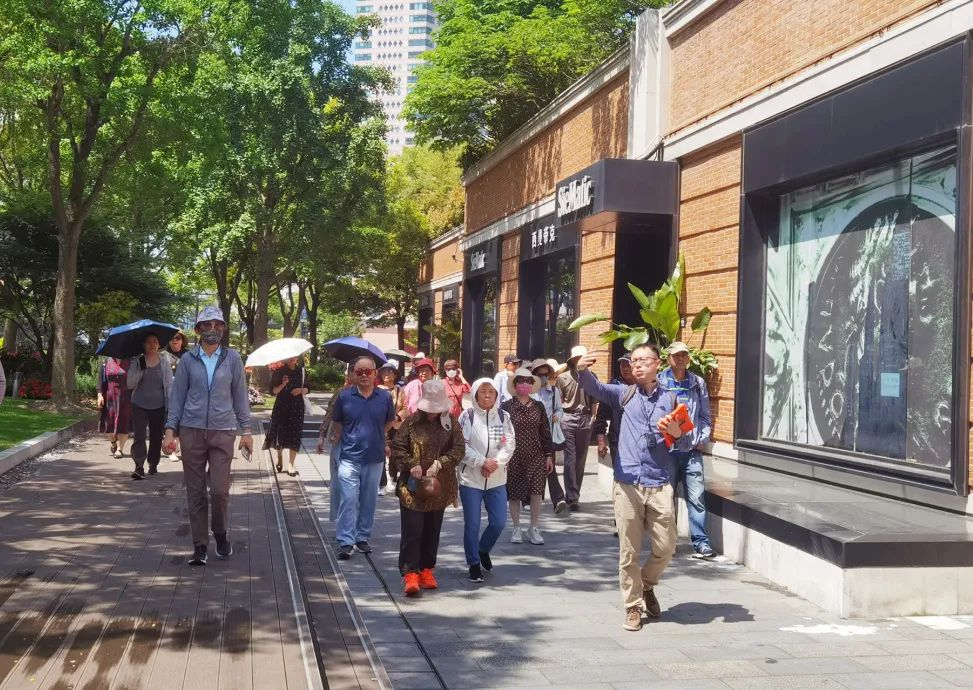
The Shanghai General Chamber of Commerce was built in 1916, where many ethnic capitalists left their footprints. A Rong, a volunteer guide from the community, reviewed their stories of starting businesses.

Nowadays, the building has been renovated and become Bulgari's Chinese restaurant. The gate building of the Chamber is also a highlight of the renovation. The renovation team intentionally preserved the historical traces from the Republic of China era to the post-liberation period. Standing under the gate building, it seems like traveling through a century of turbulence, making people grateful for the hard-won great times today.
Second Stop: Embankment Building
Once praised as the "First Apartment in the Far East," the Embankment Building was built in the 1930s, fully equipped with elevators, electric lights, telephones, flush toilets, bathtubs, heating, and other facilities at that time. During the concession period, the Embankment Building mainly provided housing for senior expatriate employees' families of foreign enterprises. After the liberation, many people from the cultural and educational circles lived here.

Third Stop: Shanghai General Post Office Building & Sichuan Road Bridge
Continuing eastward, there are the Shanghai General Post Office Building and Sichuan Road Bridge. In May 1949, the battle to liberate Shanghai broke out, and this was also a place of fierce fighting.
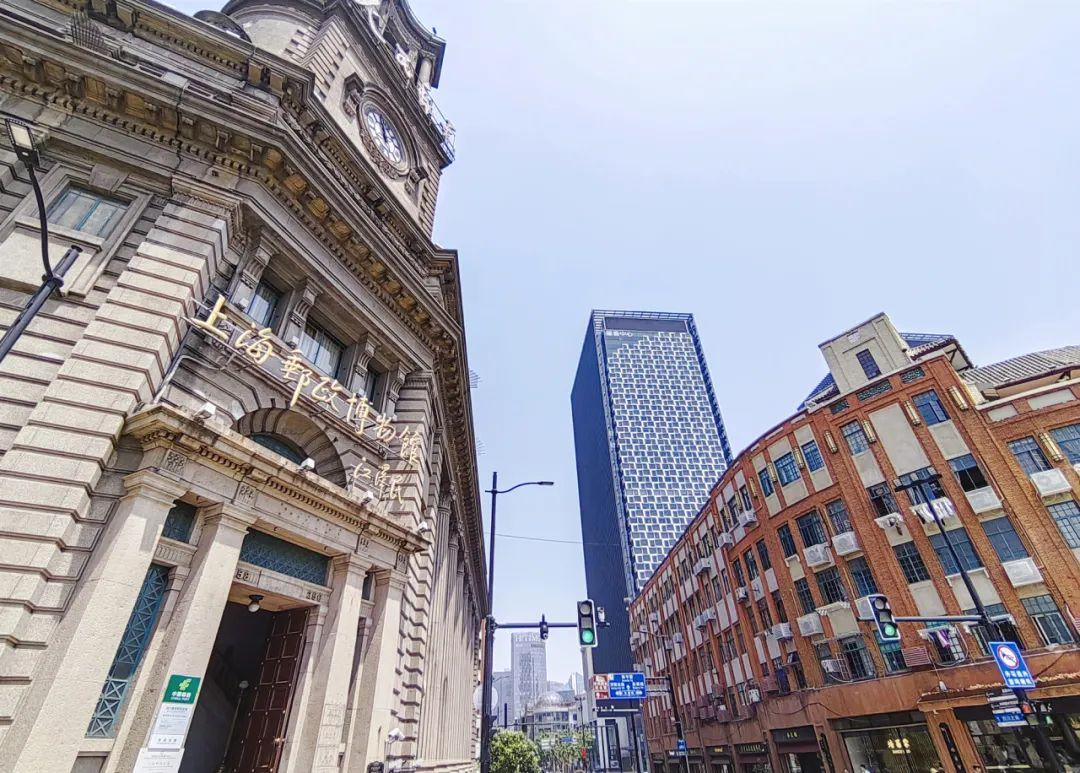
The battle on Sichuan Road Bridge was extremely intense. In order to keep Shanghai intact, the People's Liberation Army could not use heavy weapons during the attack. Under the dense bullet fire of the enemy, waves of brave soldiers fell on the bridge deck of Sichuan Road Bridge. On the windows of the post office building, there are still bullet holes penetrated during the gunfight, telling us about that thrilling history. Looking at the prosperous and modern streets today, we sincerely thank the PLA soldiers at that time. With their lives, they bravely and tenaciously liberated and defended this post office building and the entire city.
Fourth Stop: Shanghai Mansion & Pujiang Hotel
Subsequently, the group came to these two classic hotel buildings, Shanghai Mansion (formerly known as "Broadway Mansion") and Pujiang Hotel (formerly known as "Richard Hotel"), where many celebrities, stars, and political figures had been. The most noteworthy is Premier Zhou Enlai, who had an indissoluble bond with these two buildings.
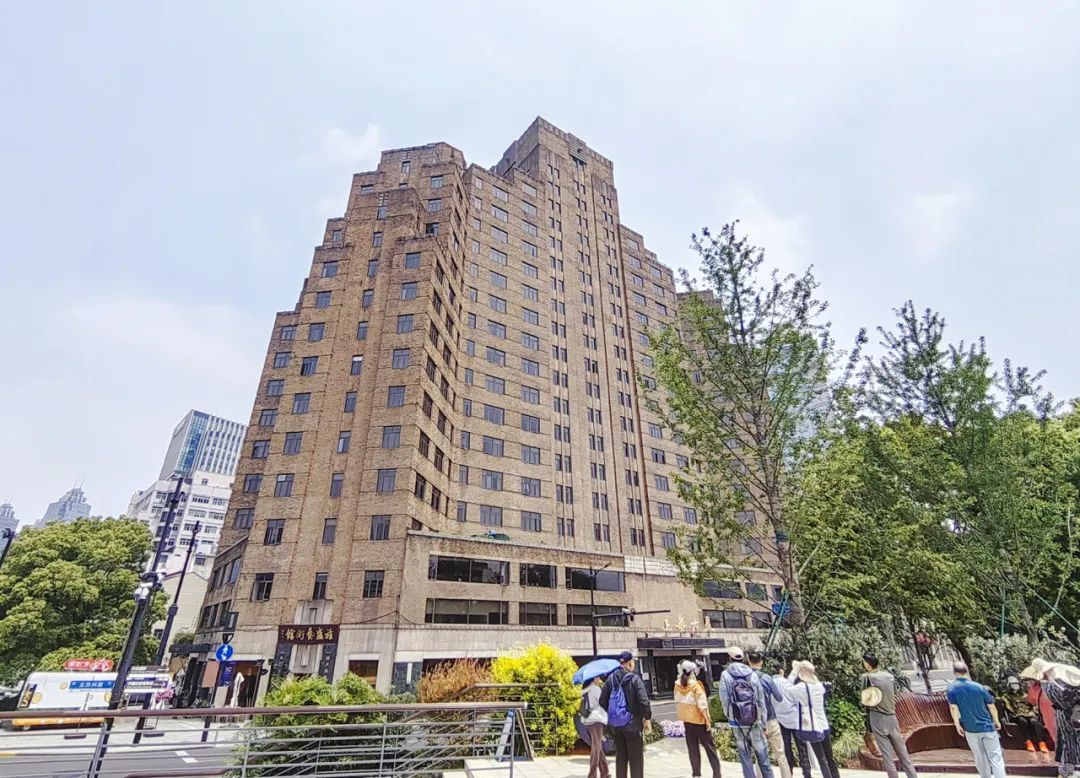
Premier Zhou had repeatedly taken leaders of various countries to the observation platform on the 18th floor of Shanghai Mansion to enjoy the beautiful scenery of the Bund. And in 1927, shortly after the "April 12th" coup, the situation was urgent. According to the decision of the party organization, he and his wife Deng Yingchao moved into the Richard Hotel, which became their shelter.
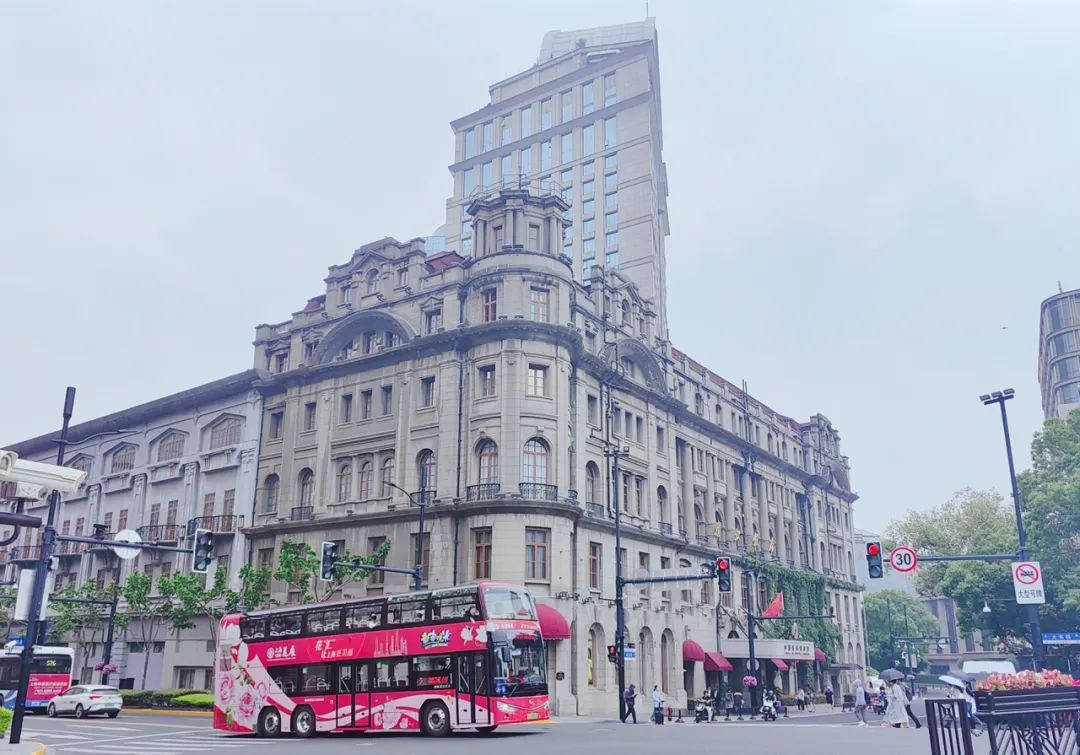
Final Stop: Waibaidu Bridge
Starting from the first generation "Wills Bridge" in 1856, Waibaidu Bridge has a history of nearly 170 years. As China's first all-steel structured bridge, which has been filmed in many movies and TV shows, it was built in 1907. After reaching its centenary in 2008, the Shanghai Municipal Government carried out the latest major repair. The entire bridge was dismantled and sent to a shipyard, and returned to its original location a year later, restored to its former appearance.
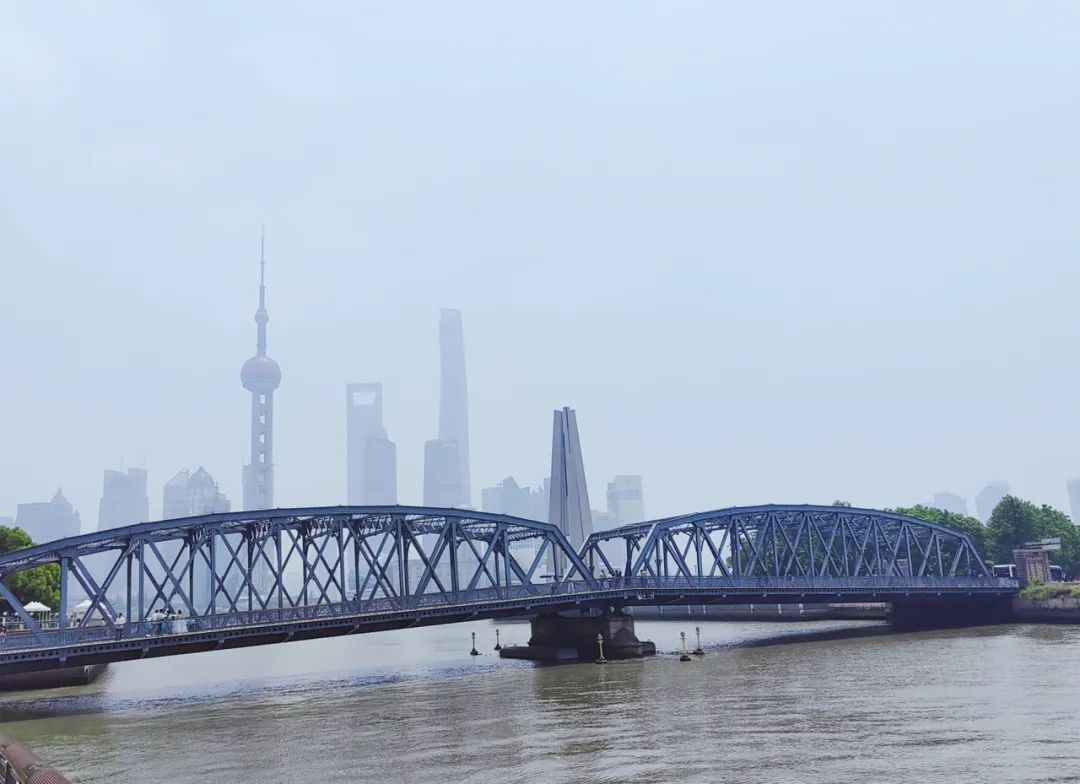
During this humanistic walking activity along the Suzhou Creek, everyone not only enjoyed the beautiful scenery, but also relived the red stories behind those buildings, and felt the historical changes and urban development hidden in the architectural details.